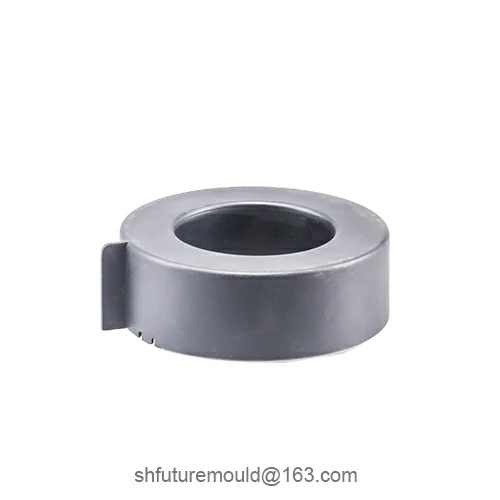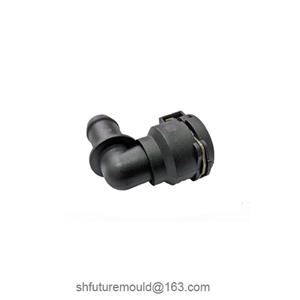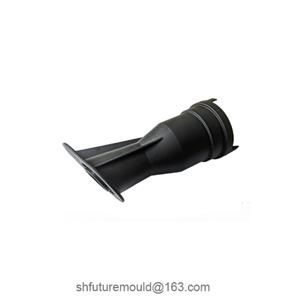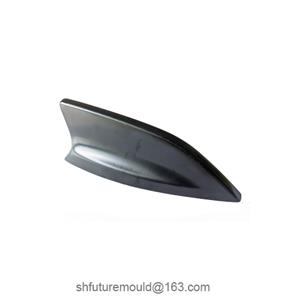What Details Should Be Considered in TPE Overmolding Injection Molding?
TPE overmolding injection molding (also known as TPE overmolding) is a widely used process that directly bonds thermoplastic elastomers (TPE) with a substrate material (e.g., plastic, metal, or composite) via injection molding.
1. Material Selection and Compatibility
Material Pairing
Different types of TPE and substrates (e.g., PP, PC, ABS) vary in chemical composition and physical properties. Therefore, compatibility must be verified in advance, including polarity, melt flow index (MFI), and thermal expansion coefficient matching. Surfactants or modifiers can be used to enhance adhesion if necessary.
Pretreatment and Surface Activation
Substrate surfaces can undergo sandblasting, plasma treatment, or chemical cleaning to increase roughness or activate the surface, improving mechanical interlocking and chemical bonding with TPE.
2. Mold Design and Process Parameters
Mold Design Considerations
Runner and Gate Design: Optimize runner systems and gate positions to ensure uniform TPE filling and minimize stress concentration.
Overmolding Zone Design: Avoid excessive slopes or sharp bends at the TPE-substrate interface to ensure smooth material flow.
Cooling Channel Design: Uniform cooling is critical to reducing warpage and ensuring bonding quality. The mold temperature control system should feature well-designed cooling channels.
Injection Molding Process Parameters
Injection Temperature: Maintain the TPE melt temperature within a specific range. Too low a temperature causes poor flow, while excessive heat may degrade the material. Also, consider the substrate’s heat resistance to avoid structural damage.
Injection Speed and Pressure: Moderate speed ensures proper TPE flow and coating, but excessively high speed/pressure can lead to premature cooling or internal stress.
Holding Pressure and Cooling Time: Adequate holding pressure ensures complete filling of mold details, while sufficient cooling time guarantees solidification and optimal bonding.
3. Bonding Interface and Process Stability
Interface Bonding
Focus on the TPE-substrate interface structure. Ensure mold design and process parameters achieve ideal mechanical interlocking and chemical bonding. Avoid defects such as incomplete filling, air pockets, or impurities at the interface, which may cause delamination during use.
- Injection Mold
- Automotive Injection Mold
- Electronics & Electrical Injection Mold
- Consumer Goods Injection Mold
- Airplane Components Injection Mold
- Medical Components Injection Mold
- Irrigation Components Injection Mold
- Injection Molds




